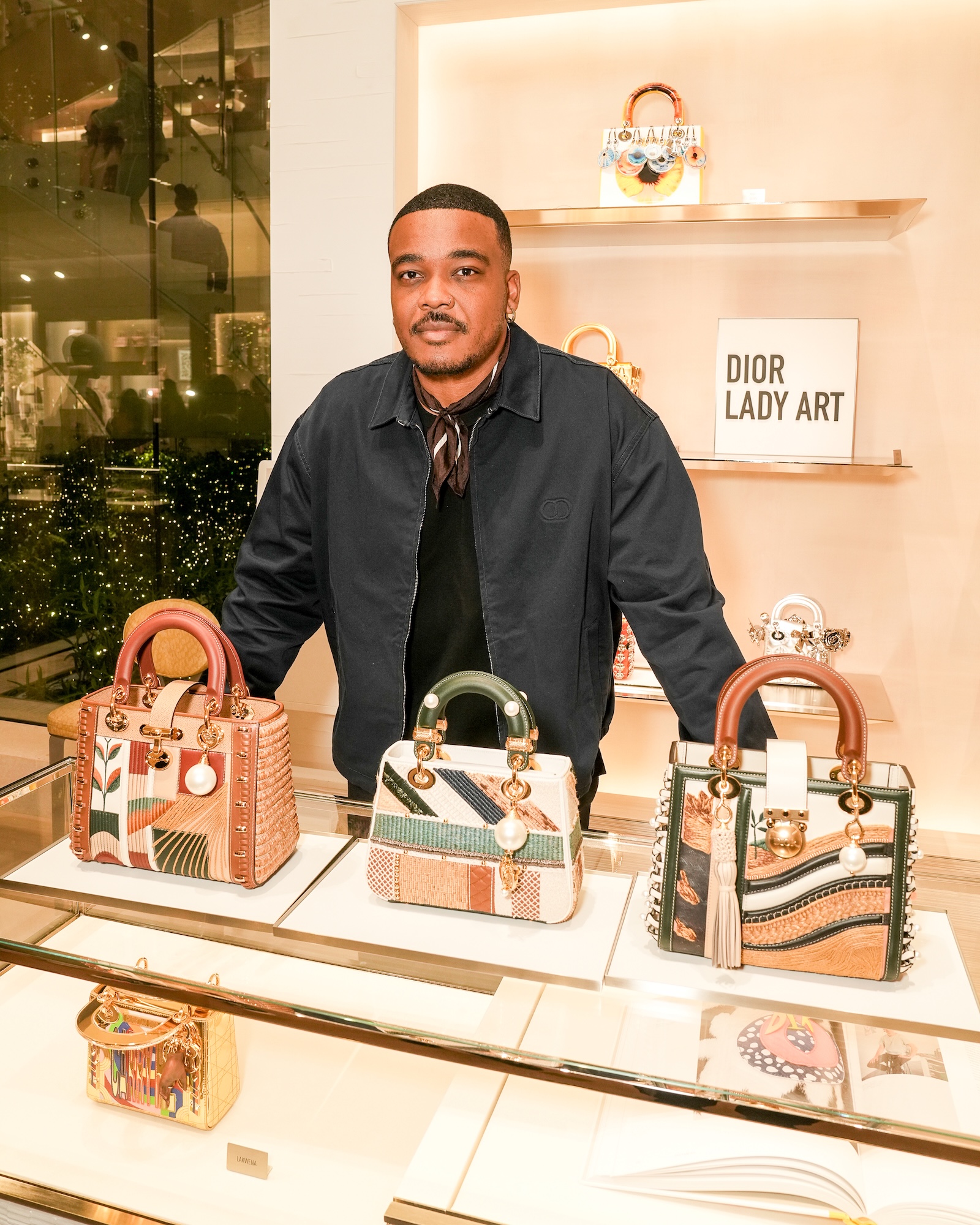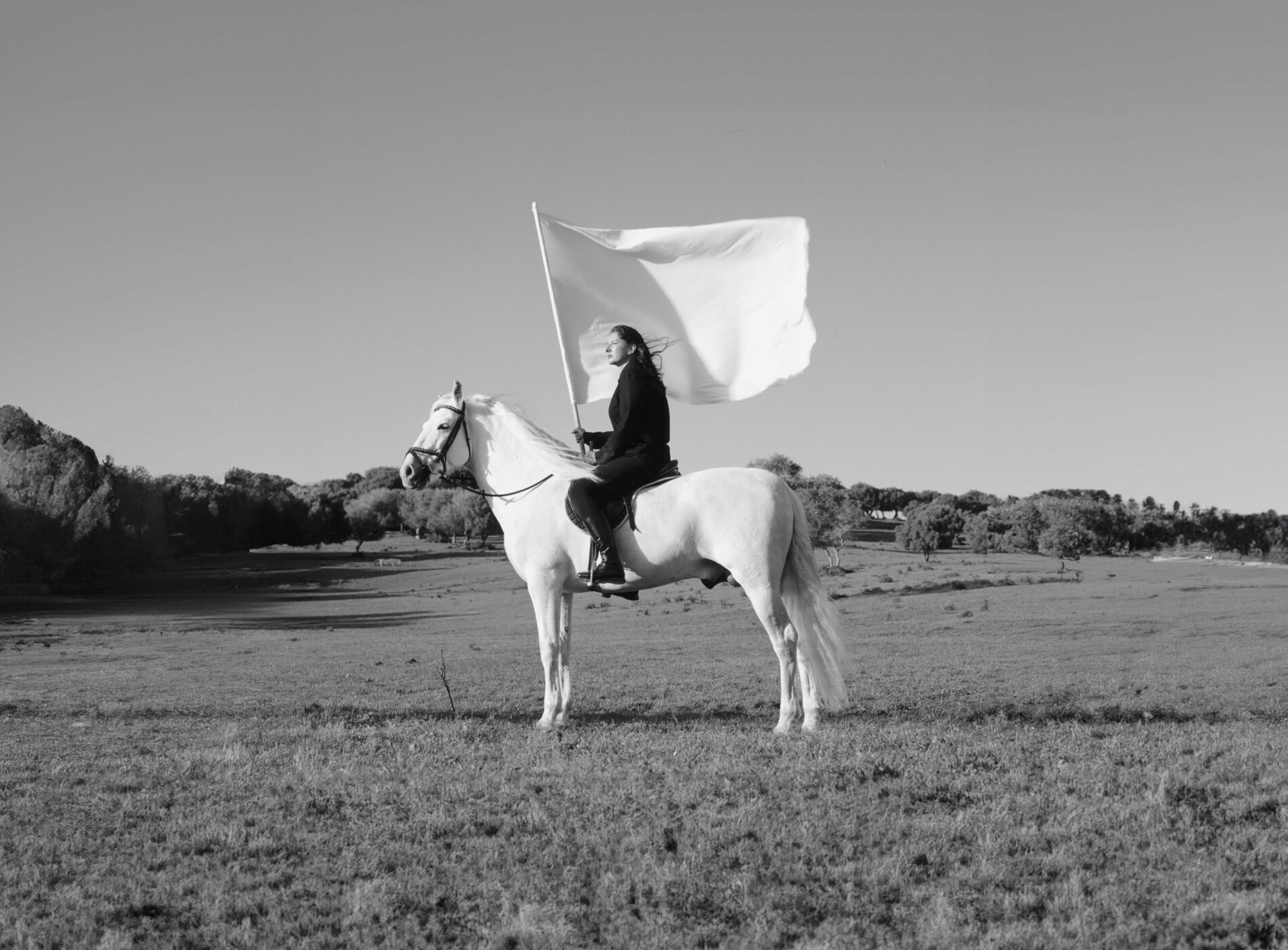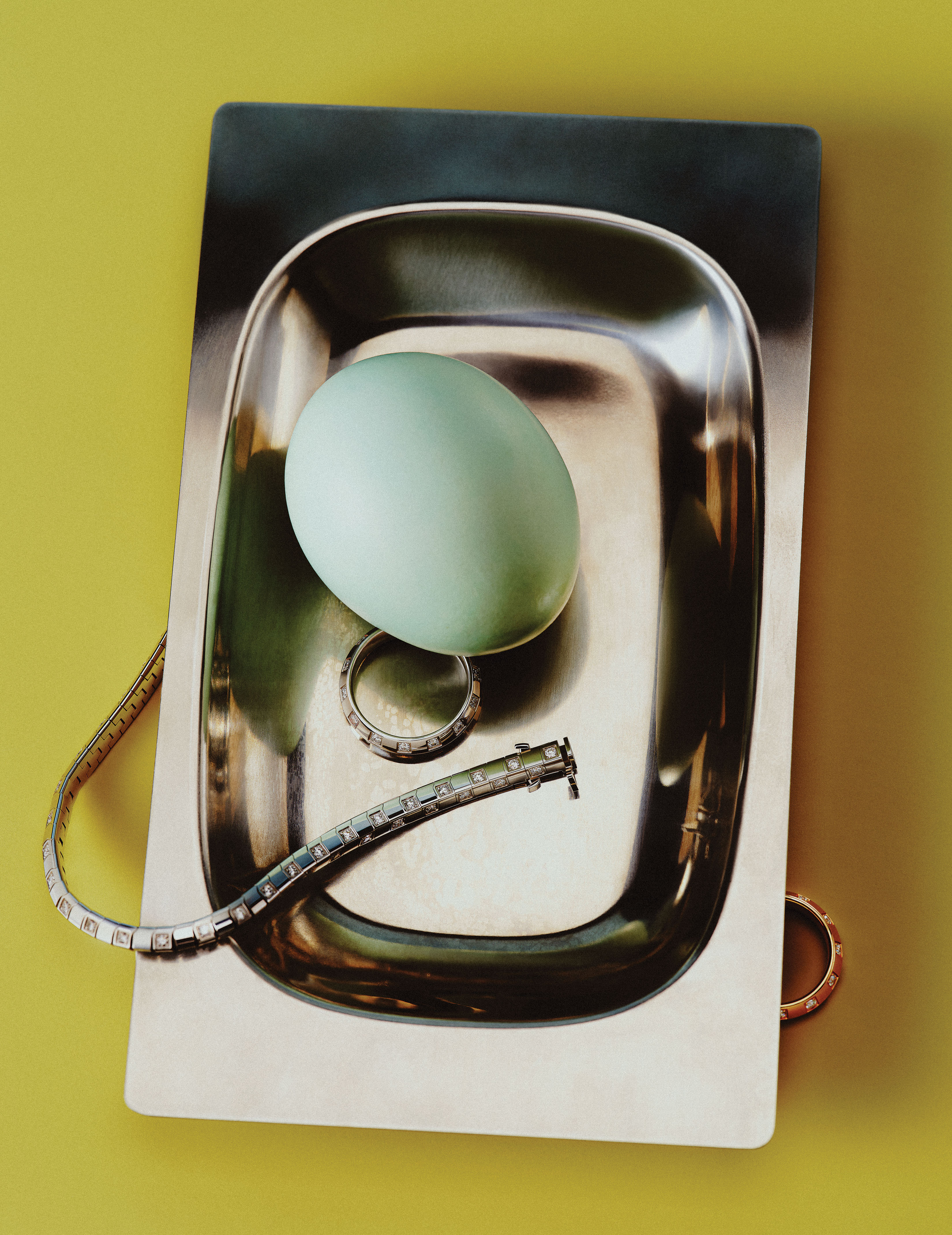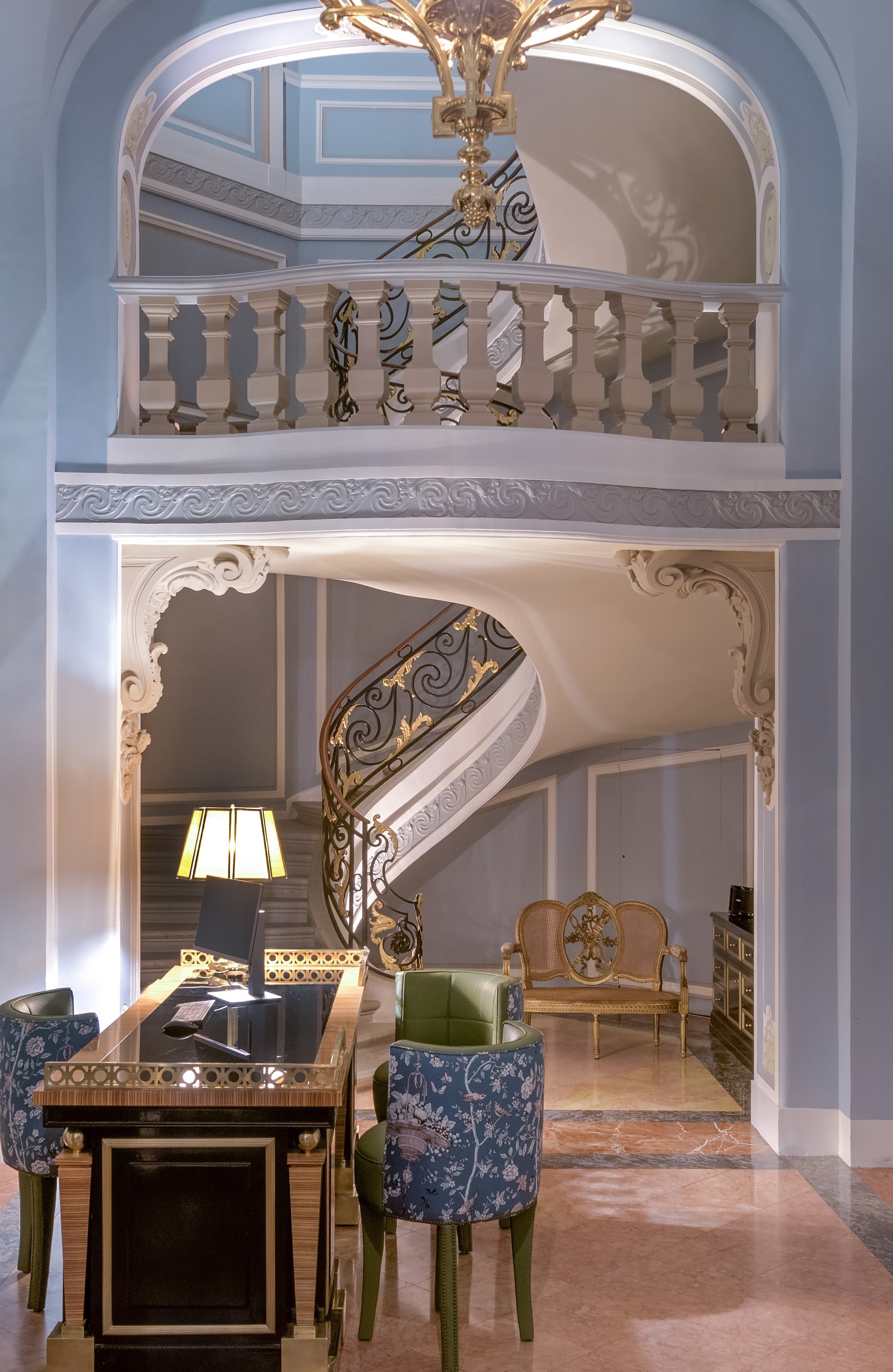Andrew Slater is a versatile, behind-the-scenes tour-de-force in the music industry. He has been a journalist for publications like Rolling Stone and USA Today, CEO for Capitol Records, and an accomplished record producer. His production on The Wallflowers’ eponymous debut album in 1992 gained him a friend in singer Jakob Dylan, who recently partnered with Slater for a combined first: a foray into film. _Echo in the Canyon_ revisits Laurel Canyon’s music scene from 1965 to 1967, which featured The Beach Boys, The Mamas and the Papas, Buffalo Springfield, and The Byrds, exploring the canyon’s unique, tight-knit community and the impact of the creative strides made there.
Dylan interviews Laurel Canyon artists and those influenced by the movement, including Ringo Starr and Tom Petty in his last on-screen interview. Dylan also covers Laurel Canyon cuts in the _Echo in the Canyon_ soundtrack, which features guest vocals from Beck, Fiona Apple, Norah Jones, Cat Power, Regina Spektor, Josh Homme, Jade Castrinos, Stephen Stills, Eric Clapton, and Neil Young. In his directorial debut, Slater constructs a pleasantly ambitious visual narrative that balances modern scenery, archival footage, and clips from the 1969 film _Model Shop. Echo in the Canyon_ has received critical acclaim and is currently the top grossing documentary of the year. FLAUNT was lucky enough to chat with Slater about the film over the phone.


_Echo in the Canyon_ Film Still. Courtesy Greenwhich Entertainment.
**To start, could you elaborate on your original vision for the film? Inspiration?**
You reach a certain point in life where to look forward, you have to look where you come from. One of those moments happened for me happened to me when I saw this film, which is _Model Shop_, Jacques Demy’s film from the late 60’s. I had never seen it before, and it showed LA in a time of complete innocence. It piqued my interest in going back and looking at the music from that period and the period before, California’s age of innocence. So I went back and looking at the records that I loved, and that lead to the idea of doing a record with those songs, and that led me to questions about the songs and the people who wrote the songs, and that developed into a documentary.
**I read somewhere that to start out you had more of a focus on the New York scene and transitioned more on just Laurel Canyon.**
This moment coincided with the upcoming 50th anniversary of The Byrds’ first record. I thought the story was going to be about the migration from New York to LA and the electrification of folk music. What I found was that, when I started filming people, interviewing people, that the story was more about what happened when they got to Los Angeles, and the neighborhood they lived in, and how they traded ideas, and the echo of their own creativity with each other was much more interesting than the electrification of folk music itself and the migration of artists from New York to LA.
**Another interesting aspect from the film is that there is a hard cut off from ‘65 to ‘67. You don’t go over some popular Laurel Canyon artists post-’67, so was that cut off in your mind from the beginning, or as you developed the film you realized that you should keep the focus a bit more slim?**
The research lead me to an interesting perspective, which was that all the bands that migrated to California were emulating The Beatles. They had mostly seen _A Hard Day’s Night_, which portrayed The Beatles having a lot of fun and living a lifestyle they wanted to emulate. They had multiple singers in their band and multiple songwriters. What took shape was the underlying idea of creative people in a unit communicating, sharing those ideas when there was a sense of community and kindness and innocence, how it changes music in Los Angeles, and ultimately the course of The Beatles.
**From more of a filmmaking standpoint, you have this inspiration for a film—you’ve never directed a film before, correct?**
No, nope.
**You have this scheme in your head, what’s the first step you take?**
I was a journalist, and I had written in the early part of my career for Rolling Stone and People and Billboard, I had been a newspaper reporter for the Atlantic Journal and USA Today. So I wrote a treatment and put some music together, and went to filmmakers and asked them to make this film. One guy told me “It’s never going to get to a theater.”
**Really?**
Yes. Another guy said, “I like it, two million dollars I think we can do this for.” And at that point, I went to a traditional place to get funding for my film, which was a label, and they said, “You make it.” I’m not a filmmaker, and they said, “Sure, you can do it.” And they walked out of the room...It’s funny. For me, I’ve always led with my heart in projects, and my head follows next. I don’t really think about the consequences of the actions often. If I’m—or anyone—is passionate about something, you dive into it and figure it out.
**Speaking of passion, I wanted to talk about Jakob Dylan. What brought you two together throughout this entire process?**
I was inspired by _Model Shop_. In this film, you see Gary Lockwood, and he’s on a journey. In some ways, I wanted to mirror that journey through Los Angeles, only to have Jakob as the character getting the information. Because of his relationship with some of these people, and because I wanted to make something that was a little more than just a historical document of that time, I wanted to reinterpret the music. I thought he would be a great voice to do that. When we were looking at these songs, interpreting these songs as duets changed our perceptions about what those songs really meant, because when you have a man and a woman singing a love song, it becomes a dialogue. He was essential to all of that.


_Echo in the Canyon_ Film Still. Courtesy Greenwhich Entertainment
**Again, about Model Shop. It’s one thing to be inspired by a movie, and another to include said movie in your own film. Was that your intention right from the beginning, or as you went along you realized the film would make more sense with Model Shop included?**
It wasn’t my intent from the beginning. There were scenes that we were shooting where, because I loved the way the movie looked and represented LA, I thought “Ah, what if I intercut some of the present day with that day.” It’s more about the echoes of people’s ideas, creativity. It’s also about how those ideas echo across time. A lot of the intercutting of _Model Shop_ is really just a metaphor for that.
**For the concert and soundtrack, you bring in a lot of younger artists who were inspired by that echo. But they aren’t the artists I would have immediately thought of when I think Laurel Canyon inspired. How did you come about assembling that group? Did you just walk up an ask if they liked that type of music?**
Almost all of them have lived or spent a lot of time in California, and it was a generation of artists that were Jakob’s generation. We were mainly looking to turn these love songs into conversations between two people, so it was women. That was how we started with our list.
**And with the songs, some of them were not the obvious choices from these bands. Was that theme of love of bond the tie?**
No one needs to make a new version of “Good Vibrations”. That’s obvious. But the songs that we chose were really pivotal moments for all of these bands. For The Mamas and the Papas, “Go Where You Wanna Go” was their very first single, in 1965. But it also defines the relationship between Michelle Phillips and John Phillips. “Goin’ Back” by The Byrds is the moment where the relationship between David Crosby and Roger McGuinn becomes fractured. With “Expecting to Fly” by Buffalo Springfield, Stephen Stills says that was a warning sign, that Neil was starting to forge his own path, and at that moment he starts to break up the band. So all of that is building the framework.
**How did licensing all of those songs go? I’m sure with your background as a CEO, that probably helped.**
Not as much as you would think. People don’t care, some don’t even remember you. I think what we were trying to do was not promote some dramatic film or promote some product, like a candy bar or something. I think people saw a film that was honoring the music that they made, and they were very generous, but at the same time I built in a structure to where they would get paid if something good happened to the film.
**Just to recap the film, as a first time director, what was something unexpectedly good and something unexpectedly bad about your experience?**
Something that was unexpectedly good was the idea that you could write something on a piece of paper, have an idea about how something should look, and you could actually go do it. It was the most fulfilling creative endeavor I’ve taken on in my life. Something bad is that even if you are trying to do something purely from your heart and not for monetary reasons, or even the reason of expressing an idea, there are so many landmines that are placed by both the nature of trying to do something, and the people who are trying to do something else in the same creative space. That will throw you off course.
**Are you planning on making any more films in the future? Or is this a one time thing.**
I do have another idea, but I don’t know if someone would want to finance it. I have massive respect for directors and what they have to go through now. Hopefully I’ll get a chance to make something else.


 
_Echo in the Canyon_ Film Still. Courtesy Greenwhich Entertainment.
**To start, could you elaborate on your original vision for the film? Inspiration?**
You reach a certain point in life where to look forward, you have to look where you come from. One of those moments happened for me happened to me when I saw this film, which is _Model Shop_, Jacques Demy’s film from the late 60’s. I had never seen it before, and it showed LA in a time of complete innocence. It piqued my interest in going back and looking at the music from that period and the period before, California’s age of innocence. So I went back and looking at the records that I loved, and that lead to the idea of doing a record with those songs, and that led me to questions about the songs and the people who wrote the songs, and that developed into a documentary.
**I read somewhere that to start out you had more of a focus on the New York scene and transitioned more on just Laurel Canyon.**
This moment coincided with the upcoming 50th anniversary of The Byrds’ first record. I thought the story was going to be about the migration from New York to LA and the electrification of folk music. What I found was that, when I started filming people, interviewing people, that the story was more about what happened when they got to Los Angeles, and the neighborhood they lived in, and how they traded ideas, and the echo of their own creativity with each other was much more interesting than the electrification of folk music itself and the migration of artists from New York to LA.
**Another interesting aspect from the film is that there is a hard cut off from ‘65 to ‘67. You don’t go over some popular Laurel Canyon artists post-’67, so was that cut off in your mind from the beginning, or as you developed the film you realized that you should keep the focus a bit more slim?**
The research lead me to an interesting perspective, which was that all the bands that migrated to California were emulating The Beatles. They had mostly seen _A Hard Day’s Night_, which portrayed The Beatles having a lot of fun and living a lifestyle they wanted to emulate. They had multiple singers in their band and multiple songwriters. What took shape was the underlying idea of creative people in a unit communicating, sharing those ideas when there was a sense of community and kindness and innocence, how it changes music in Los Angeles, and ultimately the course of The Beatles.
**From more of a filmmaking standpoint, you have this inspiration for a film—you’ve never directed a film before, correct?**
No, nope.
**You have this scheme in your head, what’s the first step you take?**
I was a journalist, and I had written in the early part of my career for Rolling Stone and People and Billboard, I had been a newspaper reporter for the Atlantic Journal and USA Today. So I wrote a treatment and put some music together, and went to filmmakers and asked them to make this film. One guy told me “It’s never going to get to a theater.”
**Really?**
Yes. Another guy said, “I like it, two million dollars I think we can do this for.” And at that point, I went to a traditional place to get funding for my film, which was a label, and they said, “You make it.” I’m not a filmmaker, and they said, “Sure, you can do it.” And they walked out of the room...It’s funny. For me, I’ve always led with my heart in projects, and my head follows next. I don’t really think about the consequences of the actions often. If I’m—or anyone—is passionate about something, you dive into it and figure it out.
**Speaking of passion, I wanted to talk about Jakob Dylan. What brought you two together throughout this entire process?**
I was inspired by _Model Shop_. In this film, you see Gary Lockwood, and he’s on a journey. In some ways, I wanted to mirror that journey through Los Angeles, only to have Jakob as the character getting the information. Because of his relationship with some of these people, and because I wanted to make something that was a little more than just a historical document of that time, I wanted to reinterpret the music. I thought he would be a great voice to do that. When we were looking at these songs, interpreting these songs as duets changed our perceptions about what those songs really meant, because when you have a man and a woman singing a love song, it becomes a dialogue. He was essential to all of that.

_Echo in the Canyon_ Film Still. Courtesy Greenwhich Entertainment.
**To start, could you elaborate on your original vision for the film? Inspiration?**
You reach a certain point in life where to look forward, you have to look where you come from. One of those moments happened for me happened to me when I saw this film, which is _Model Shop_, Jacques Demy’s film from the late 60’s. I had never seen it before, and it showed LA in a time of complete innocence. It piqued my interest in going back and looking at the music from that period and the period before, California’s age of innocence. So I went back and looking at the records that I loved, and that lead to the idea of doing a record with those songs, and that led me to questions about the songs and the people who wrote the songs, and that developed into a documentary.
**I read somewhere that to start out you had more of a focus on the New York scene and transitioned more on just Laurel Canyon.**
This moment coincided with the upcoming 50th anniversary of The Byrds’ first record. I thought the story was going to be about the migration from New York to LA and the electrification of folk music. What I found was that, when I started filming people, interviewing people, that the story was more about what happened when they got to Los Angeles, and the neighborhood they lived in, and how they traded ideas, and the echo of their own creativity with each other was much more interesting than the electrification of folk music itself and the migration of artists from New York to LA.
**Another interesting aspect from the film is that there is a hard cut off from ‘65 to ‘67. You don’t go over some popular Laurel Canyon artists post-’67, so was that cut off in your mind from the beginning, or as you developed the film you realized that you should keep the focus a bit more slim?**
The research lead me to an interesting perspective, which was that all the bands that migrated to California were emulating The Beatles. They had mostly seen _A Hard Day’s Night_, which portrayed The Beatles having a lot of fun and living a lifestyle they wanted to emulate. They had multiple singers in their band and multiple songwriters. What took shape was the underlying idea of creative people in a unit communicating, sharing those ideas when there was a sense of community and kindness and innocence, how it changes music in Los Angeles, and ultimately the course of The Beatles.
**From more of a filmmaking standpoint, you have this inspiration for a film—you’ve never directed a film before, correct?**
No, nope.
**You have this scheme in your head, what’s the first step you take?**
I was a journalist, and I had written in the early part of my career for Rolling Stone and People and Billboard, I had been a newspaper reporter for the Atlantic Journal and USA Today. So I wrote a treatment and put some music together, and went to filmmakers and asked them to make this film. One guy told me “It’s never going to get to a theater.”
**Really?**
Yes. Another guy said, “I like it, two million dollars I think we can do this for.” And at that point, I went to a traditional place to get funding for my film, which was a label, and they said, “You make it.” I’m not a filmmaker, and they said, “Sure, you can do it.” And they walked out of the room...It’s funny. For me, I’ve always led with my heart in projects, and my head follows next. I don’t really think about the consequences of the actions often. If I’m—or anyone—is passionate about something, you dive into it and figure it out.
**Speaking of passion, I wanted to talk about Jakob Dylan. What brought you two together throughout this entire process?**
I was inspired by _Model Shop_. In this film, you see Gary Lockwood, and he’s on a journey. In some ways, I wanted to mirror that journey through Los Angeles, only to have Jakob as the character getting the information. Because of his relationship with some of these people, and because I wanted to make something that was a little more than just a historical document of that time, I wanted to reinterpret the music. I thought he would be a great voice to do that. When we were looking at these songs, interpreting these songs as duets changed our perceptions about what those songs really meant, because when you have a man and a woman singing a love song, it becomes a dialogue. He was essential to all of that.
 
_Echo in the Canyon_ Film Still. Courtesy Greenwhich Entertainment
**Again, about Model Shop. It’s one thing to be inspired by a movie, and another to include said movie in your own film. Was that your intention right from the beginning, or as you went along you realized the film would make more sense with Model Shop included?**
It wasn’t my intent from the beginning. There were scenes that we were shooting where, because I loved the way the movie looked and represented LA, I thought “Ah, what if I intercut some of the present day with that day.” It’s more about the echoes of people’s ideas, creativity. It’s also about how those ideas echo across time. A lot of the intercutting of _Model Shop_ is really just a metaphor for that.
**For the concert and soundtrack, you bring in a lot of younger artists who were inspired by that echo. But they aren’t the artists I would have immediately thought of when I think Laurel Canyon inspired. How did you come about assembling that group? Did you just walk up an ask if they liked that type of music?**
Almost all of them have lived or spent a lot of time in California, and it was a generation of artists that were Jakob’s generation. We were mainly looking to turn these love songs into conversations between two people, so it was women. That was how we started with our list.
**And with the songs, some of them were not the obvious choices from these bands. Was that theme of love of bond the tie?**
No one needs to make a new version of “Good Vibrations”. That’s obvious. But the songs that we chose were really pivotal moments for all of these bands. For The Mamas and the Papas, “Go Where You Wanna Go” was their very first single, in 1965. But it also defines the relationship between Michelle Phillips and John Phillips. “Goin’ Back” by The Byrds is the moment where the relationship between David Crosby and Roger McGuinn becomes fractured. With “Expecting to Fly” by Buffalo Springfield, Stephen Stills says that was a warning sign, that Neil was starting to forge his own path, and at that moment he starts to break up the band. So all of that is building the framework.
**How did licensing all of those songs go? I’m sure with your background as a CEO, that probably helped.**
Not as much as you would think. People don’t care, some don’t even remember you. I think what we were trying to do was not promote some dramatic film or promote some product, like a candy bar or something. I think people saw a film that was honoring the music that they made, and they were very generous, but at the same time I built in a structure to where they would get paid if something good happened to the film.
**Just to recap the film, as a first time director, what was something unexpectedly good and something unexpectedly bad about your experience?**
Something that was unexpectedly good was the idea that you could write something on a piece of paper, have an idea about how something should look, and you could actually go do it. It was the most fulfilling creative endeavor I’ve taken on in my life. Something bad is that even if you are trying to do something purely from your heart and not for monetary reasons, or even the reason of expressing an idea, there are so many landmines that are placed by both the nature of trying to do something, and the people who are trying to do something else in the same creative space. That will throw you off course.
**Are you planning on making any more films in the future? Or is this a one time thing.**
I do have another idea, but I don’t know if someone would want to finance it. I have massive respect for directors and what they have to go through now. Hopefully I’ll get a chance to make something else.

_Echo in the Canyon_ Film Still. Courtesy Greenwhich Entertainment
**Again, about Model Shop. It’s one thing to be inspired by a movie, and another to include said movie in your own film. Was that your intention right from the beginning, or as you went along you realized the film would make more sense with Model Shop included?**
It wasn’t my intent from the beginning. There were scenes that we were shooting where, because I loved the way the movie looked and represented LA, I thought “Ah, what if I intercut some of the present day with that day.” It’s more about the echoes of people’s ideas, creativity. It’s also about how those ideas echo across time. A lot of the intercutting of _Model Shop_ is really just a metaphor for that.
**For the concert and soundtrack, you bring in a lot of younger artists who were inspired by that echo. But they aren’t the artists I would have immediately thought of when I think Laurel Canyon inspired. How did you come about assembling that group? Did you just walk up an ask if they liked that type of music?**
Almost all of them have lived or spent a lot of time in California, and it was a generation of artists that were Jakob’s generation. We were mainly looking to turn these love songs into conversations between two people, so it was women. That was how we started with our list.
**And with the songs, some of them were not the obvious choices from these bands. Was that theme of love of bond the tie?**
No one needs to make a new version of “Good Vibrations”. That’s obvious. But the songs that we chose were really pivotal moments for all of these bands. For The Mamas and the Papas, “Go Where You Wanna Go” was their very first single, in 1965. But it also defines the relationship between Michelle Phillips and John Phillips. “Goin’ Back” by The Byrds is the moment where the relationship between David Crosby and Roger McGuinn becomes fractured. With “Expecting to Fly” by Buffalo Springfield, Stephen Stills says that was a warning sign, that Neil was starting to forge his own path, and at that moment he starts to break up the band. So all of that is building the framework.
**How did licensing all of those songs go? I’m sure with your background as a CEO, that probably helped.**
Not as much as you would think. People don’t care, some don’t even remember you. I think what we were trying to do was not promote some dramatic film or promote some product, like a candy bar or something. I think people saw a film that was honoring the music that they made, and they were very generous, but at the same time I built in a structure to where they would get paid if something good happened to the film.
**Just to recap the film, as a first time director, what was something unexpectedly good and something unexpectedly bad about your experience?**
Something that was unexpectedly good was the idea that you could write something on a piece of paper, have an idea about how something should look, and you could actually go do it. It was the most fulfilling creative endeavor I’ve taken on in my life. Something bad is that even if you are trying to do something purely from your heart and not for monetary reasons, or even the reason of expressing an idea, there are so many landmines that are placed by both the nature of trying to do something, and the people who are trying to do something else in the same creative space. That will throw you off course.
**Are you planning on making any more films in the future? Or is this a one time thing.**
I do have another idea, but I don’t know if someone would want to finance it. I have massive respect for directors and what they have to go through now. Hopefully I’ll get a chance to make something else.
 

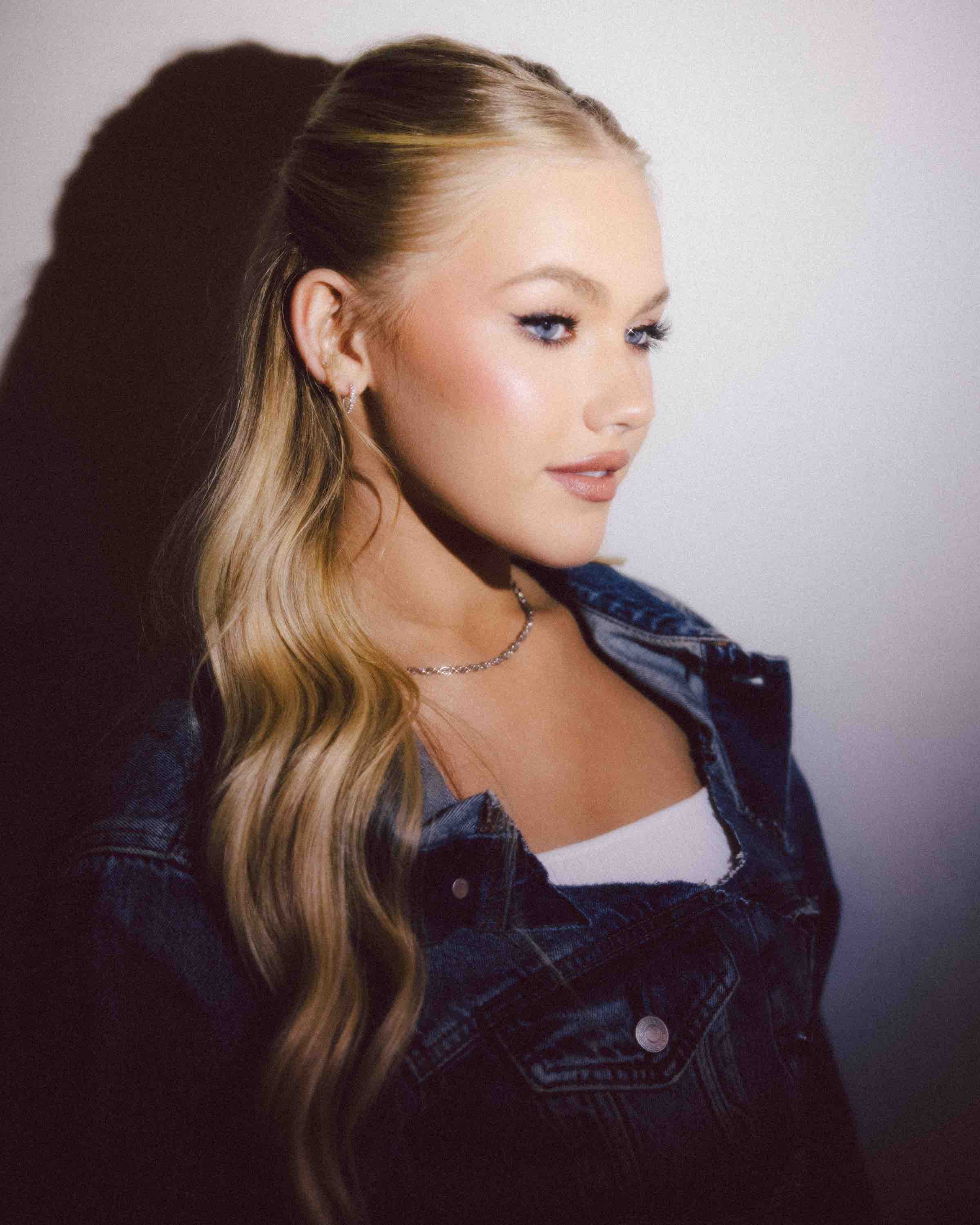
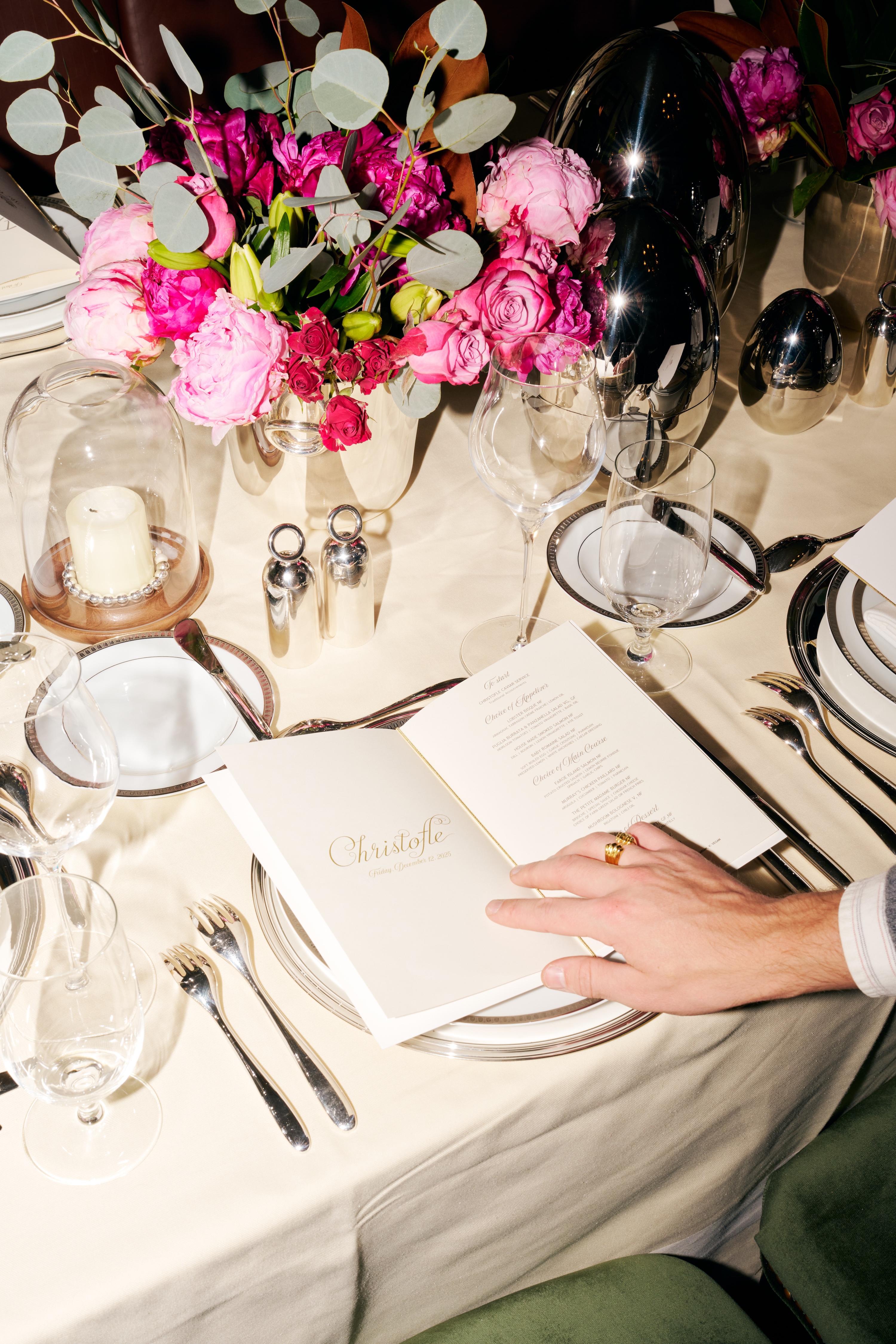

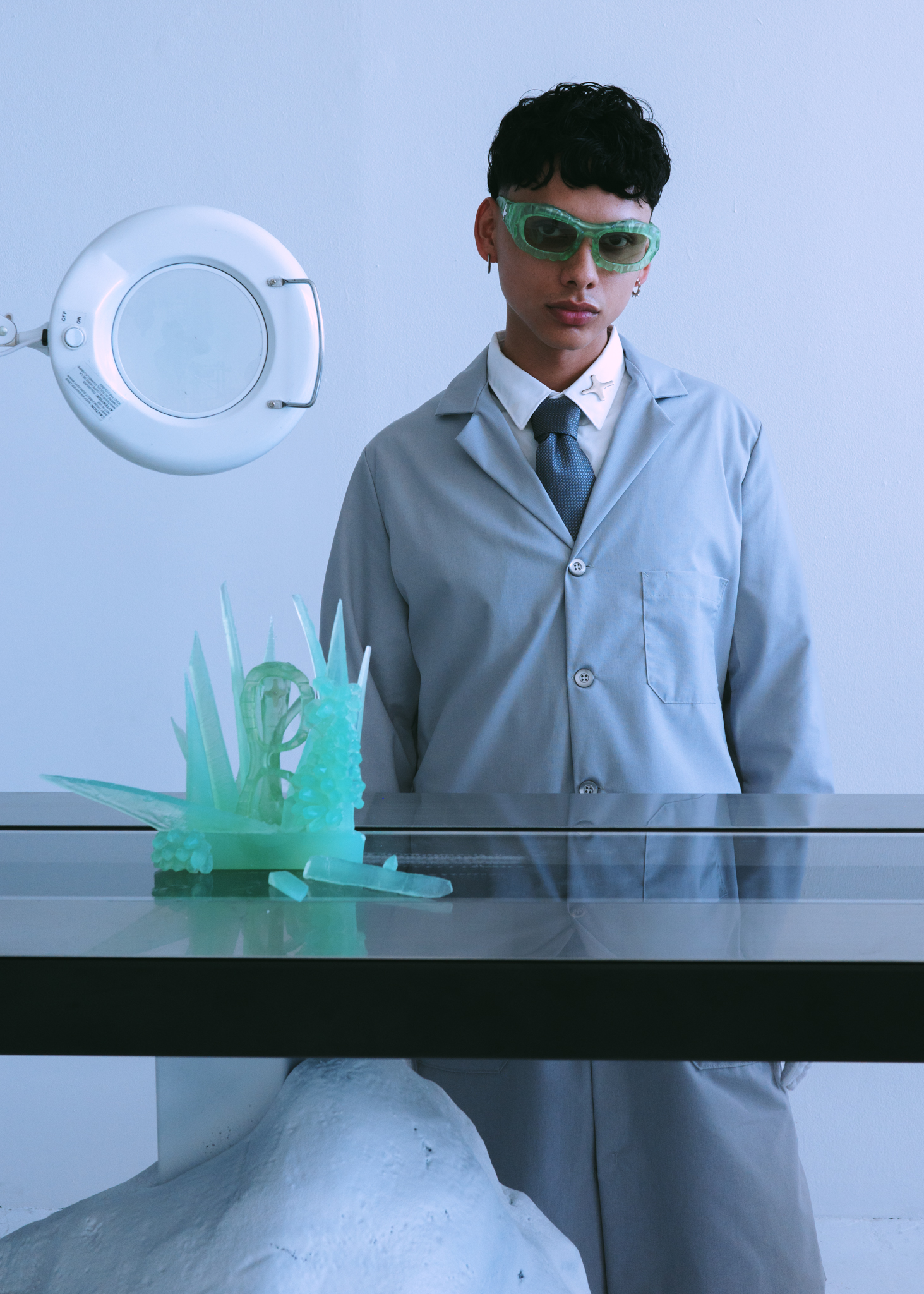
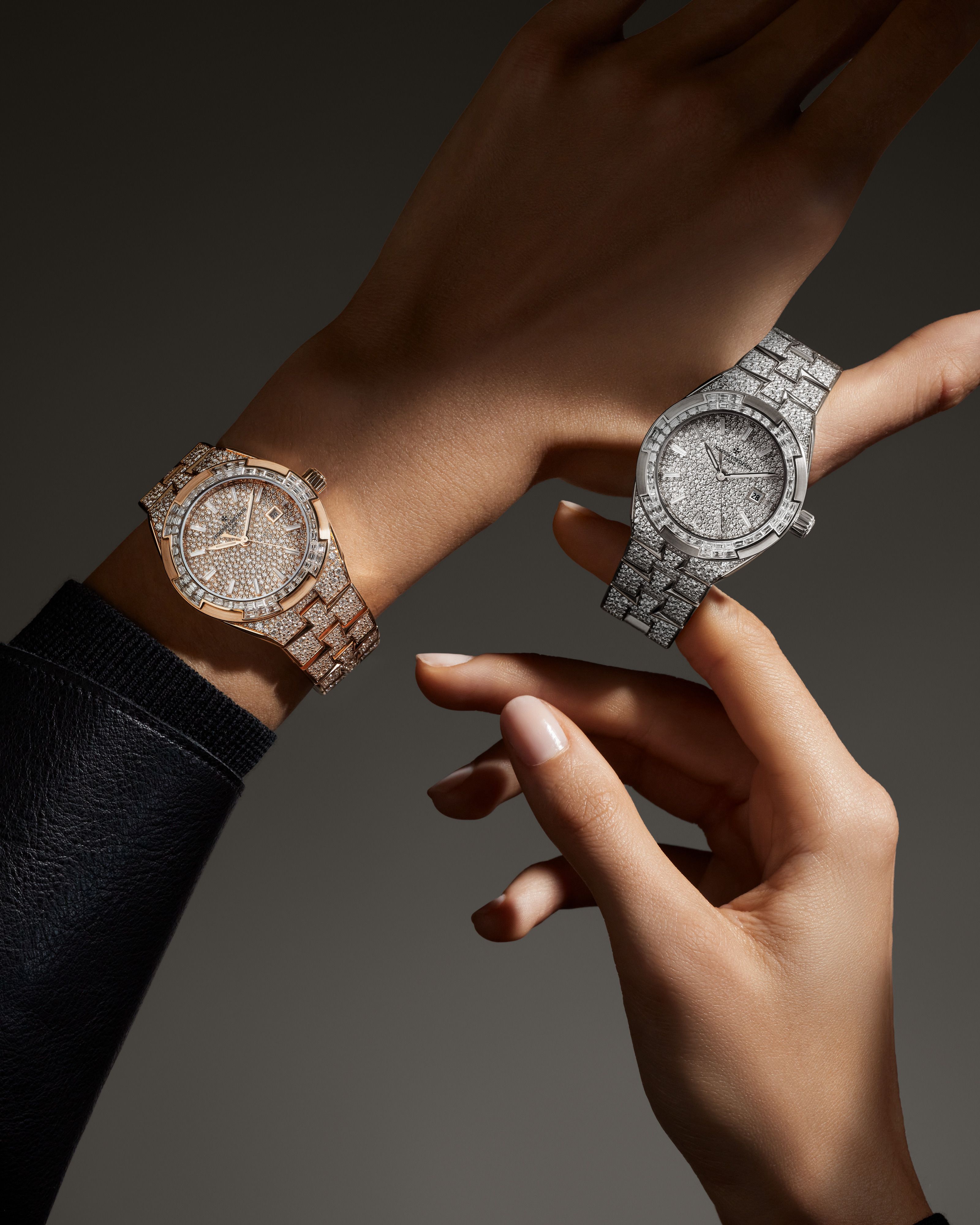
.JPG)
.jpg)
